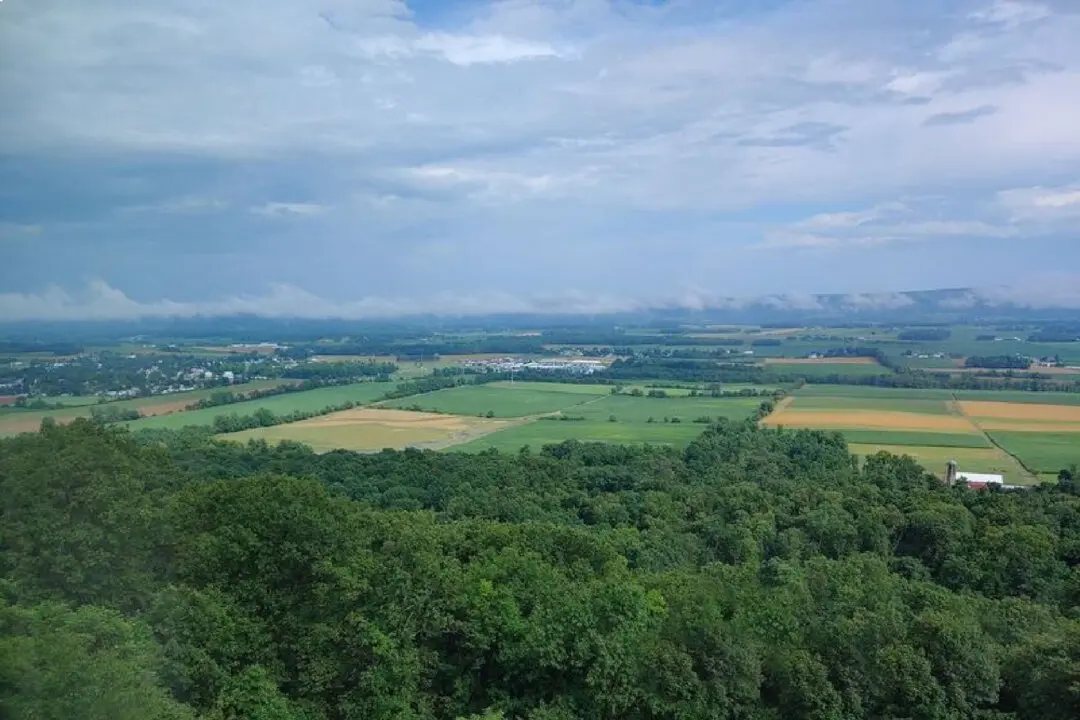Wandering the hilly, narrow cobblestone streets in our home base of Montalcino, Italy, a medieval city of interlocking passageways, steps, and alleyways curving around and through and behind and beyond the main square, I reminded myself I was walking through history that spanned 800 years.
When my husband and I stopped for lunch and I ordered a glass of the house wine, a bottle arrived at the table. When I protested, I was told to drink what I wanted and I would be charged accordingly. Not a bad system, I thought.
Later, sipping more wine—this was Italy, after all—on our apartment balcony overlooking the vineyards from whose grapes it was made, we debated whether to eat in or go out for another Florentine steak. The fact that our apartment was housed in a structure dating back to the 13th century on a farm boasting one of the best-known vineyards in Italy was a bonus.
Welcome to Untour, a wonderful well-kept secret that may change your concept of travel forever. The Untour program offers travelers a unique opportunity to not be tourists. It flies participants to one or more cities in almost a dozen European countries, inundates them with information, and puts them up in apartments for two to four weeks to live like the locals. It was a much safer option during the pandemic than staying at a hotel.
We were learning about our neighborhood but on our terms. Rise early or sleep in? Sightsee or stroll around town? Cook in or eat out? Whatever the choice, we returned to our apartment, which was much roomier and had a warmer ambiance than any hotel would provide. Also, here we could be sure that strict COVID protocols had been adhered to.





